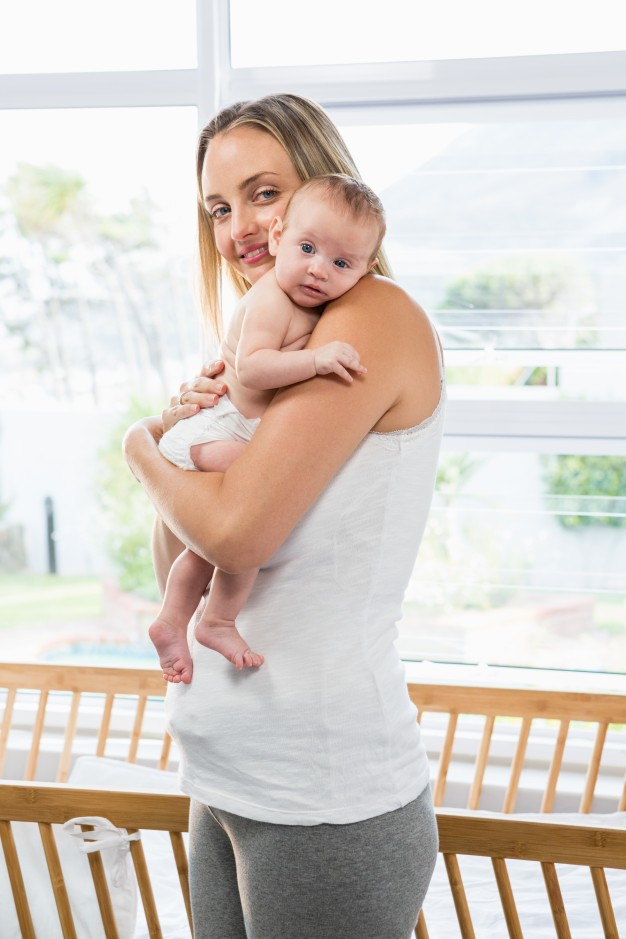
Dr. Éva Bajzik,
In a study conducted from January 2015 to January 2016, which examined women aged 18 to 50 who had given birth at least once in their lives, it was found that the incidence rate was 46.5%, meaning that one in two women who gave birth develops rectus diastasis.
Abdominal muscle separation leads to an unstable abdominal wall, which increases the occurrence and development of poor bowel function, low back pain, blood pressure fluctuations, and lower extremity lymphatic disorders.
Rehabilitation of rectus diastasis - medically approved Bellyy method.
– The patients studied were from the age group of 22 and 57 years (mean age 33.53 years).
– The training program was started at the earliest 1 week after birth and at the latest 26 years after the last delivery.
– The participating women have given birth 1-3 times.
The method is based on the consideration of the activation sequence of the abdominal muscles in the movement sequence of infancy with minimal changes in the direction of muscle tension.
The exercises are to be done at your own pace. The indicator of exercise change is when you can perform the specified number of repetitions of the current exercise (this was 3 days to 71 days).


Results
At the end of the program, abdominal circumference decreased by 4.5-14 cm in each patient. Waist pain reported at pretest (47 of 52 women) was completely eliminated in 41 cases and reduced in 6 cases.
The size of the gap between the abdominal muscles at the first measurement:
– 2-5 fingers wide from the navel up
– 0-6 fingers wide from the navel down
– 1-4 fingers wide above the navel
– 0-3 fingers wide below the navel
The results with a value of 0 below the navel were from women (29) who had given birth by cesarean section and in whom the straight abdominal muscles in this area had been sewn together with a few stitches. The program lasted from 10 to 37 weeks.






